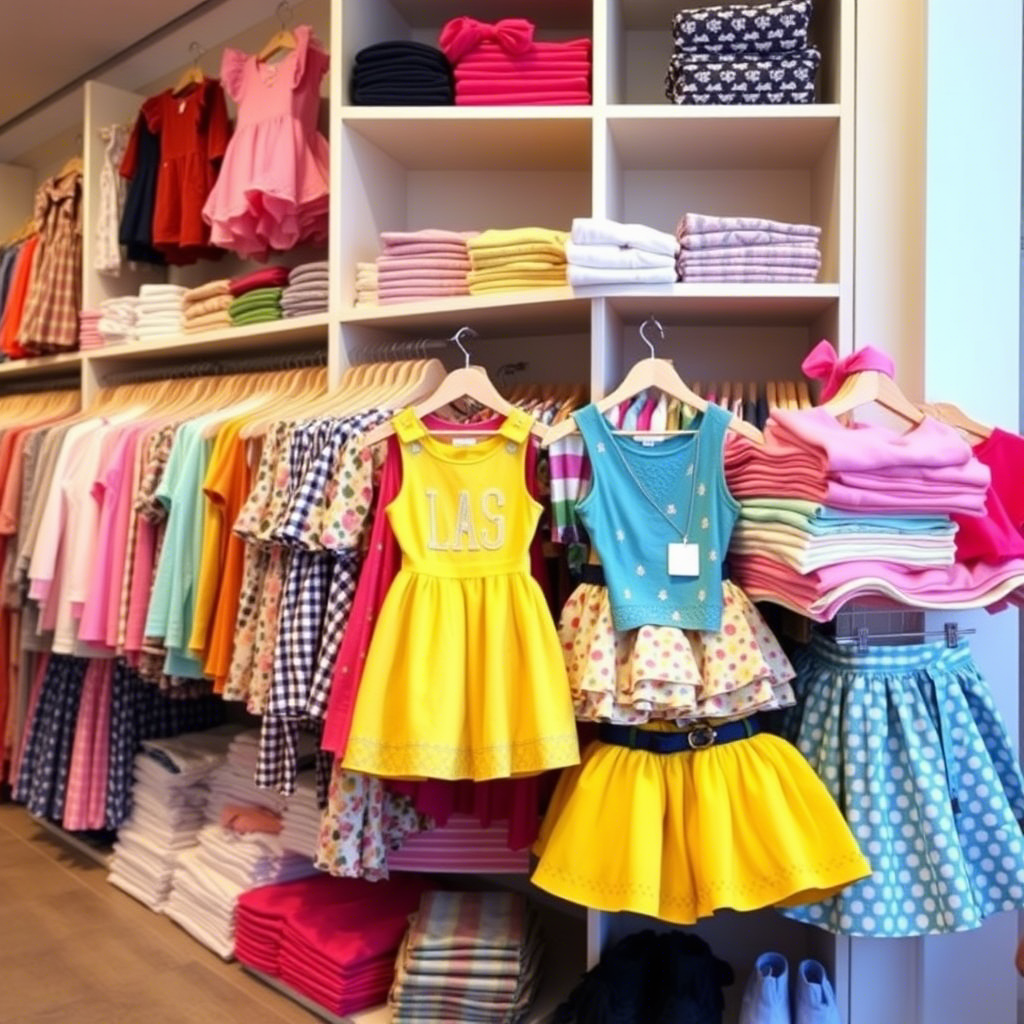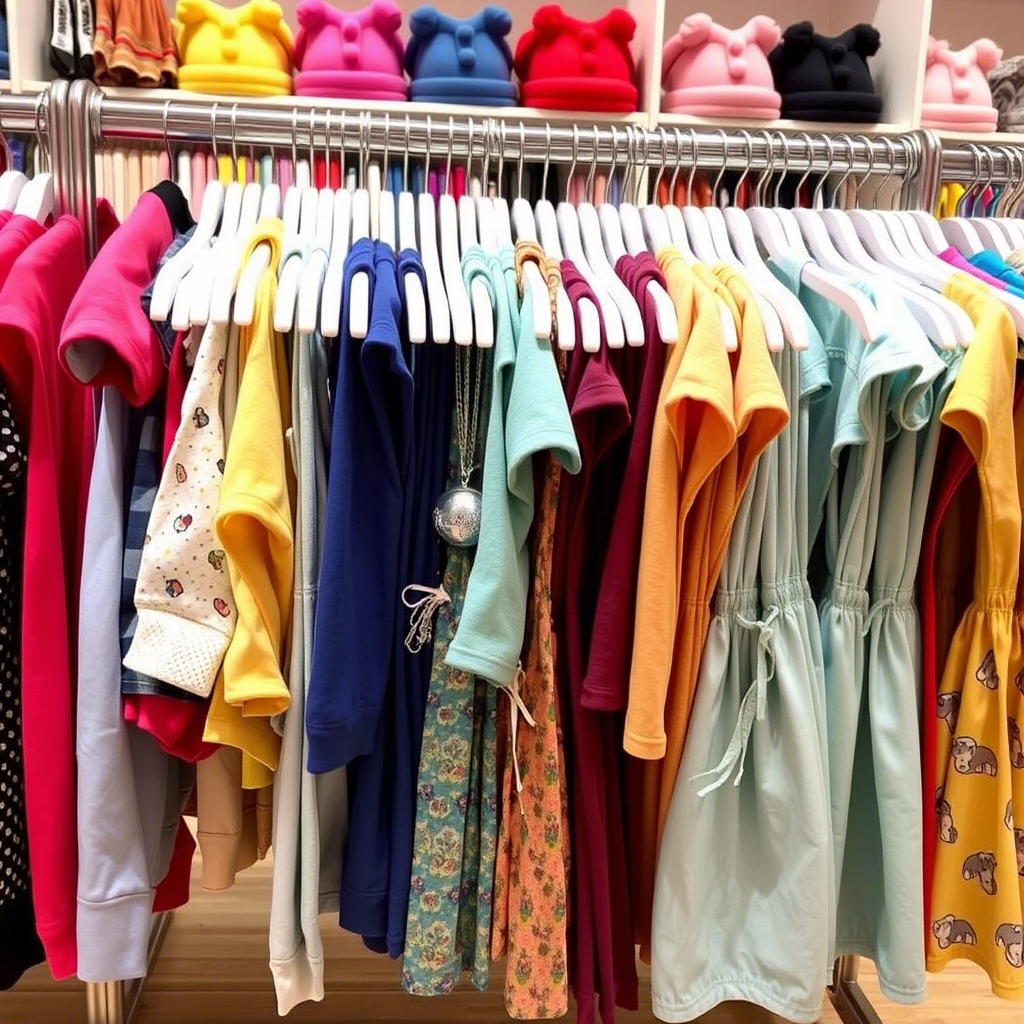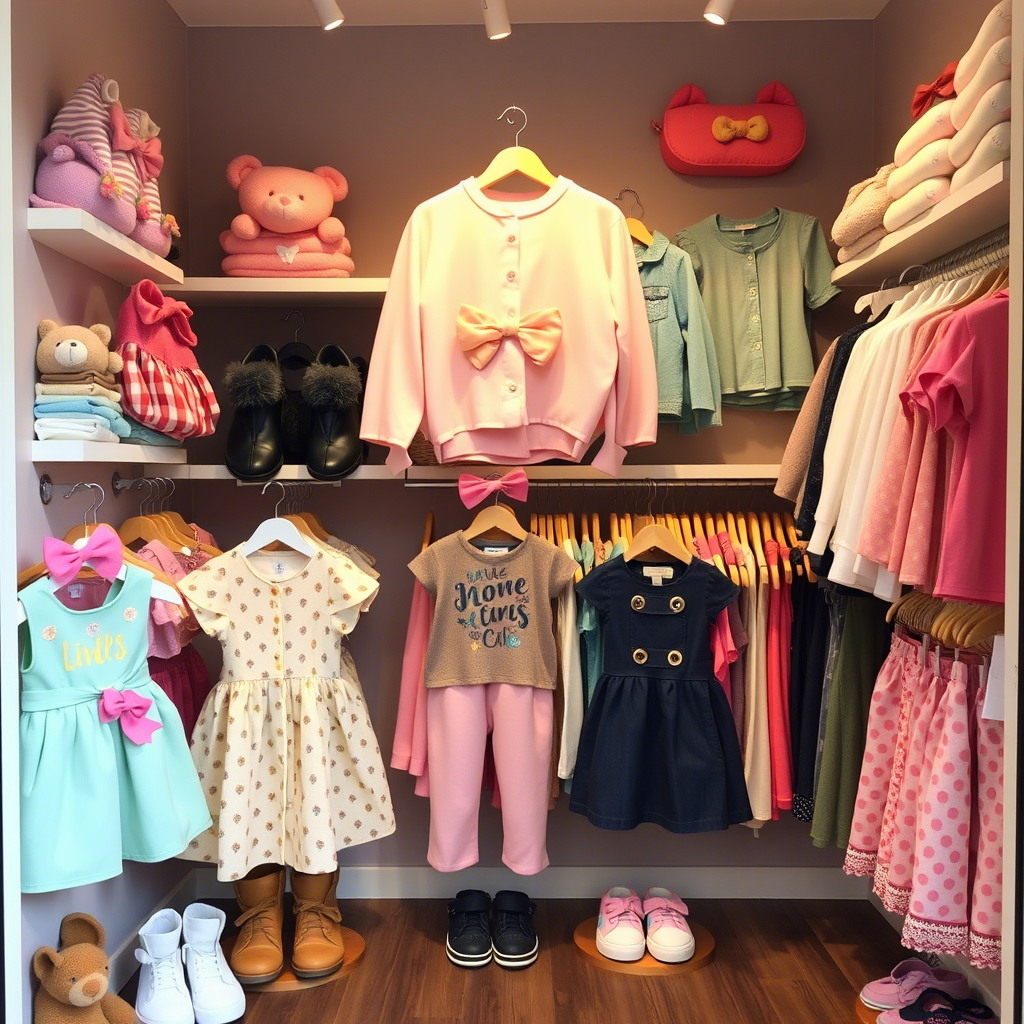Wholesale Children’s Clothing Suppliers for Boutiques
The world of children’s fashion is a vibrant and ever-evolving market. Boutiques specializing in kids’ apparel are always on the lookout for reliable wholesale suppliers to stock their shelves with the latest and most adorable designs. As the demand for unique, high-quality children’s clothing continues to rise, partnering with the right wholesale supplier can make all the difference in a boutique’s success. In this article, we’ll explore the key considerations for boutiques seeking wholesale children’s clothing suppliers and provide actionable insights to help them make informed decisions.
Understanding the Wholesale Children’s Clothing Market
The wholesale children’s clothing market is diverse, with numerous suppliers offering a wide range of products. To navigate this market effectively, boutiques must first understand the different types of suppliers available.
- Specialized Suppliers: These suppliers focus on specific areas, such as organic clothing or designer kids’ wear. For example, a boutique looking for sustainable clothing options might partner with a supplier specializing in eco-friendly fabrics.
- General Wholesale Suppliers: These suppliers offer a broad range of children’s clothing, from casual wear to formal attire. They often have a large inventory and can cater to various boutique needs.
- Direct from Manufacturer: Some boutiques prefer to buy directly from manufacturers, cutting out intermediaries and potentially saving on costs. This approach requires a good understanding of the manufacturing process and quality control measures.
 When selecting a wholesale supplier, boutiques should consider factors such as product quality, pricing, and minimum order quantities. Visiting trade shows or wholesale markets can provide valuable opportunities to meet suppliers in person and assess their products.
When selecting a wholesale supplier, boutiques should consider factors such as product quality, pricing, and minimum order quantities. Visiting trade shows or wholesale markets can provide valuable opportunities to meet suppliers in person and assess their products.
Key Factors to Consider When Choosing a Wholesale Supplier
Choosing the right wholesale supplier is crucial for a boutique’s success. Several key factors should be considered in this decision-making process.
- Product Quality and Variety: Boutiques should look for suppliers offering high-quality, fashionable products that appeal to their target market. A diverse product range can help boutiques cater to different customer preferences. For instance, a boutique might be interested in stocking a variety of boys’ coats, which can be found at https://lezonkids.com/boys-coat/.
- Pricing and Payment Terms: Competitive pricing and flexible payment terms are essential. Boutiques should negotiate terms that align with their business model and cash flow.
- Reliability and Customer Service: A reliable supplier with good customer service can ensure timely deliveries and resolve any issues promptly. This is critical for maintaining a positive relationship and ensuring customer satisfaction.
Building a Successful Partnership with Your Wholesale Supplier
Once a boutique has selected a wholesale supplier, building a successful partnership is key to long-term success.
- Clear Communication: Establishing clear communication channels is vital. This includes discussing expectations, lead times, and any specific requirements.
- Negotiating Terms: Boutiques should be prepared to negotiate terms such as pricing, payment schedules, and return policies.
- Monitoring Performance: Regularly monitoring the supplier’s performance can help identify areas for improvement and ensure that the partnership remains beneficial for both parties.
 For example, a boutique might work closely with a supplier to create an exclusive line of clothing, enhancing their brand’s uniqueness and appeal to customers. This kind of collaboration can be particularly effective when boutiques and suppliers work together to understand market trends and consumer preferences.
For example, a boutique might work closely with a supplier to create an exclusive line of clothing, enhancing their brand’s uniqueness and appeal to customers. This kind of collaboration can be particularly effective when boutiques and suppliers work together to understand market trends and consumer preferences.
Managing Inventory and Logistics
Effective inventory management and logistics are crucial for boutiques to ensure they have the right products at the right time.
- Inventory Management Systems: Implementing an inventory management system can help boutiques track stock levels, monitor sales trends, and make informed decisions about reordering.
- Shipping and Delivery: Boutiques should discuss shipping and delivery options with their supplier to ensure that products are received in a timely manner. This might involve exploring different shipping methods or negotiating delivery schedules.
- Returns and Exchanges: Having a clear policy on returns and exchanges is essential for managing stock effectively and maintaining customer satisfaction.
Staying Ahead in the Competitive Children’s Clothing Market
The children’s clothing market is highly competitive, with trends changing rapidly. To stay ahead, boutiques must be proactive in their approach to wholesale sourcing.
- Staying Informed: Keeping up-to-date with the latest trends and consumer preferences is crucial. This can involve attending trade shows, following industry news, and engaging with customers to understand their needs.
- Adapting to Change: Boutiques should be prepared to adapt their product offerings and business strategies in response to changes in the market. For example, exploring new product lines, such as boys’ coats, can help boutiques stay relevant.
- Fostering Strong Supplier Relationships: Building strong, long-term relationships with suppliers can provide boutiques with a competitive edge. This involves regular communication, mutual respect, and a willingness to collaborate.
 By understanding the wholesale children’s clothing market, choosing the right suppliers, and managing their inventory and logistics effectively, boutiques can position themselves for success in a competitive market.
By understanding the wholesale children’s clothing market, choosing the right suppliers, and managing their inventory and logistics effectively, boutiques can position themselves for success in a competitive market.
Conclusion
Partnering with the right wholesale children’s clothing supplier is a critical decision for boutiques. By understanding the market, considering key factors in supplier selection, and building successful partnerships, boutiques can ensure they offer high-quality, fashionable products to their customers. Effective inventory management and a proactive approach to staying ahead of market trends are also essential. With these strategies in place, boutiques can thrive in the competitive world of children’s fashion, providing their customers with the best possible shopping experience.

Comments